Folding knives are among the most widely carried tools on the market today. People in all walks of life carry and use folding knives on a daily basis - outdoors people, those who work in the trades, first responders, law enforcement, even business professionals carry and rely on folding knives to help them accomplish certain tasks. This diverse audience has led to the creation of a wide variety of folding knife styles that suit different needs and tastes.
Despite all this variety, most folding knives have a very similar build. You can read all about different parts of a typical folding knife in the Anatomy of a Pocket Knife Article. Some of the biggest differences between knives, though, lies in the pivot systems and opening methods.
Today we will be covering some of the most common pivot systems as well as a few of the more popular opening types to help you decide what might be the best option for you. While many of these options will fall upon personal preference, there are pros and cons to all of them and I will cover those as well.
Accessing and understanding these pivot systems is a vital part maintenance of your folding knife. For more on that, check out these articles on protecting your bearings and breaking down your folding knife.
Pivot Systems

The pivot of a knife is the method in which the blade swings open from inside the handle. There is a pivot screw that both holds the blade in place and allows the blade to open.
Because of the moving parts, washers or bearings are needed for this action to occur smoothly and avoid damage to the knife blade itself. There are three commonly used pivot systems on the market today: teflon washers, phosphor bronze washers, and ball bearings.
Teflon Washers

Teflon Washers are made from a thermoplastic polymer that is known for its strength and high melting point. These are relatively low cost parts and have been used in knife pivots for some time.
The low cost of teflon washers have made them popular among budget knives, though some higher end knife makers favor them as well, such as Rick Hinderer. Teflon washers are known to be “self lubricating”, meaning they require little to know oil after a break in period. They are also highly functional even when dirty or in adverse environments.
The disadvantages of teflon washers is that they can break down over time and require replacement. Also, because of their low cost, they are often associated with lower end knives.
Phosphor Bronze Washers

Phosphor bronze washers act in the same way that teflon washers do, but they are made out of metal, will have a far longer lifespan, and will be less prone to breakage during use. The downside is that these washers do require lubrication to keep them at peak performance but not to worry, KPL Original was designed for just this type of pivot system!
Ball Bearings

Ball bearings have become very popular in recent years and are known for providing smooth opening and closing action, as well as requiring virtually no break in time. These have become very common in higher end knives and have even started to pop up more in budget blades.
Bearings are generally metal, though ceramic bearings are sometimes used. While they don’t require lubrication in most cases, ball bearings are notorious for failing when even a small amount of dirt or grime gets into the pivot system. KPL Ultra-light is a fantastic additive to your ball bearing pivot to help prevent dirt build up in most everyday carry situations!
You may encounter pivots that use a combination of any of the above systems, but this is rare and out of the ordinary. In these situations I would recommend extreme care in any disassembly and maintenance of these knives.
Opening Systems
For the purposes of this article I will divide opening systems into two categories: those that use a detent ball to hold the blade closed, and those that do not. There are exceptions to this distinction, but they are not common.
Detent Systems

Systems that use a detent ball have a small ball, typically metal or ceramic, that holds the blade shut while carrying it in your pocket. In order to deploy the blade you must "break the detent" with a certain amount of force.
The amount of force needed to "break the detent" is typically determined by the type of opener you have. Flippers, which have a tab on the top of the closed blade, typically have a heavier detent than ones that use a thumb stud or "Spydie Hole" to open.
Knowing if your knife has a detent ball is important for two main reasons. Some people may have trouble opening a knife with a heavy detent, which may not fit your needs.
Additionally the detent will wear down over time, making the knife's opening action less than satisfying as well as reducing the knife's ability to safely remain closed in your pocket. If you’ve ever injured yourself because a knife opened in your pocket, I assure you it is something that you won’t want to repeat.
One of the best ways to keep the opening action smooth, reduce wear and tear on the detent ball, and extend the lifetime of your knife before needing repair is to keep it oiled up. Check out our article on How to Lubricate a Knife Detent and pick up some KPL Heavy, which was designed specifically to keep components such as the detent in peak working condition.
Non-Detent Systems
Opening systems that don’t rely on a detent fall into a couple categories, but they all essentially rely on the locking system to hold the blade in place while closed. These systems are more complex than detent systems and failure requires a much more significant repair than just replacing a detent ball.
Automatic knives, assisted opening knives, slip joint, back lock, and button lock knives rarely have any kind of detent. They instead rely on a more complex internal mechanical system to hold the blade in place while closed.
Slip Joint

In the case of slip joints and back locks, accidental deployment is almost impossible. The lock places so much pressure on the blade that although one-handed deployment is sometimes possible, it lacks the smoothness and ease found in modern detent systems.
Assisted Opening Knives

Assisted knives may have a flipper or thumb stud. Though opening one of these knives is lighting fast, closing is a little more work.
The likelihood of accidental deployment is higher in these knives, as any mechanical force applied to the opening method will cause it to snap open (at least partially). Some knives have a secondary mechanical lock to prevent this from happening, but this adds an additional step when having to deploy your blade.
Automatic Knives

Automatic knives, at least well made ones, make up for the shortcomings of assisted opening knives. Drawbacks to automatic knives include being a bit harder to maintain because they are more mechanically complex, they come at a higher price point, and are illegal in many jurisdictions. For more on automatic knives, check out this article.
Button Lock

Button lock folders can also open with a flipper of thumb stud, and in some cases both! They rely solely on the lock to hold the blade open or closed, so if the button on the handle is pressed the blade will swing freely on the pivot.
In rare cases you might find some makers that place detents in their button lock knives to prevent accidental opening or being misconstrued as a gravity knife.
Conclusion
While this is not the end all be all of folding knife deployment and pivot systems, this does cover the most basic types. Most other types you may encounter are derivatives of these systems.
While they all have their pros and cons, you as the end user need to decide what is important to you in terms of opening and closing action as well as safety. I own and use knives with every single one of these opening systems, and I enjoy each and every one of them for their own unique traits. I definitely cannot say one is better than the other, but different situations require different considerations…and what self respecting knife nut doesn’t have a multitude of knives!

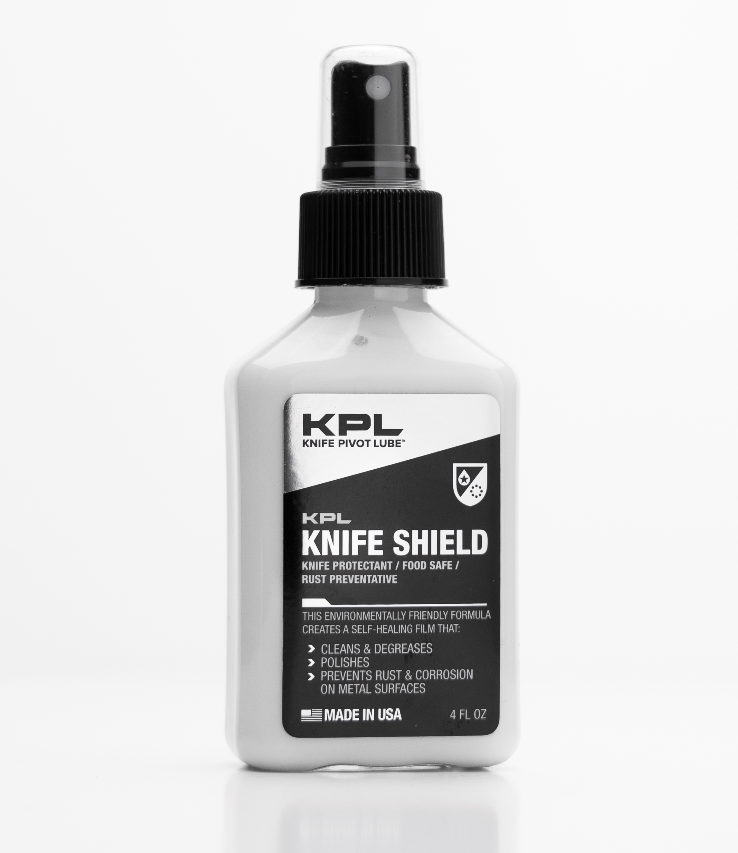
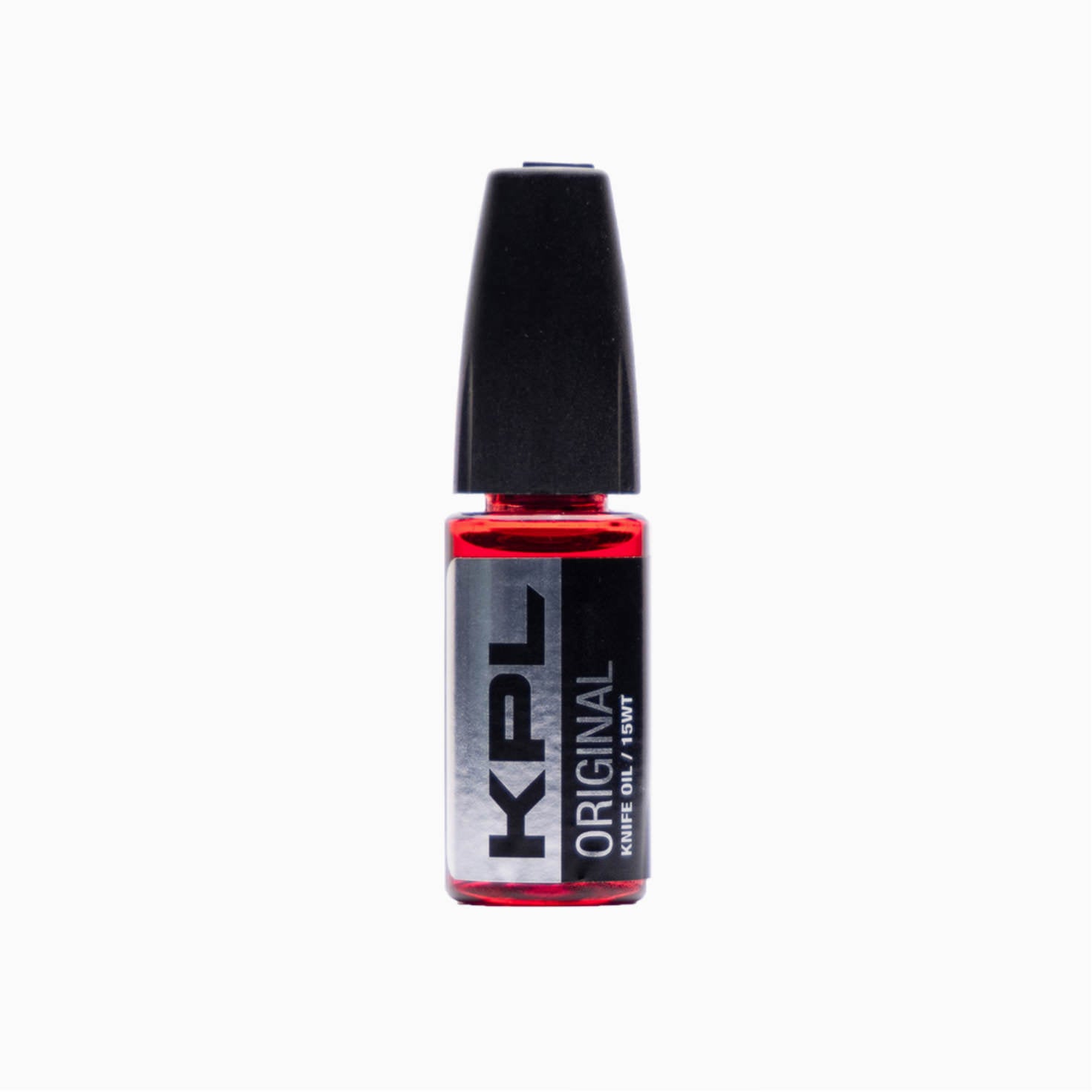

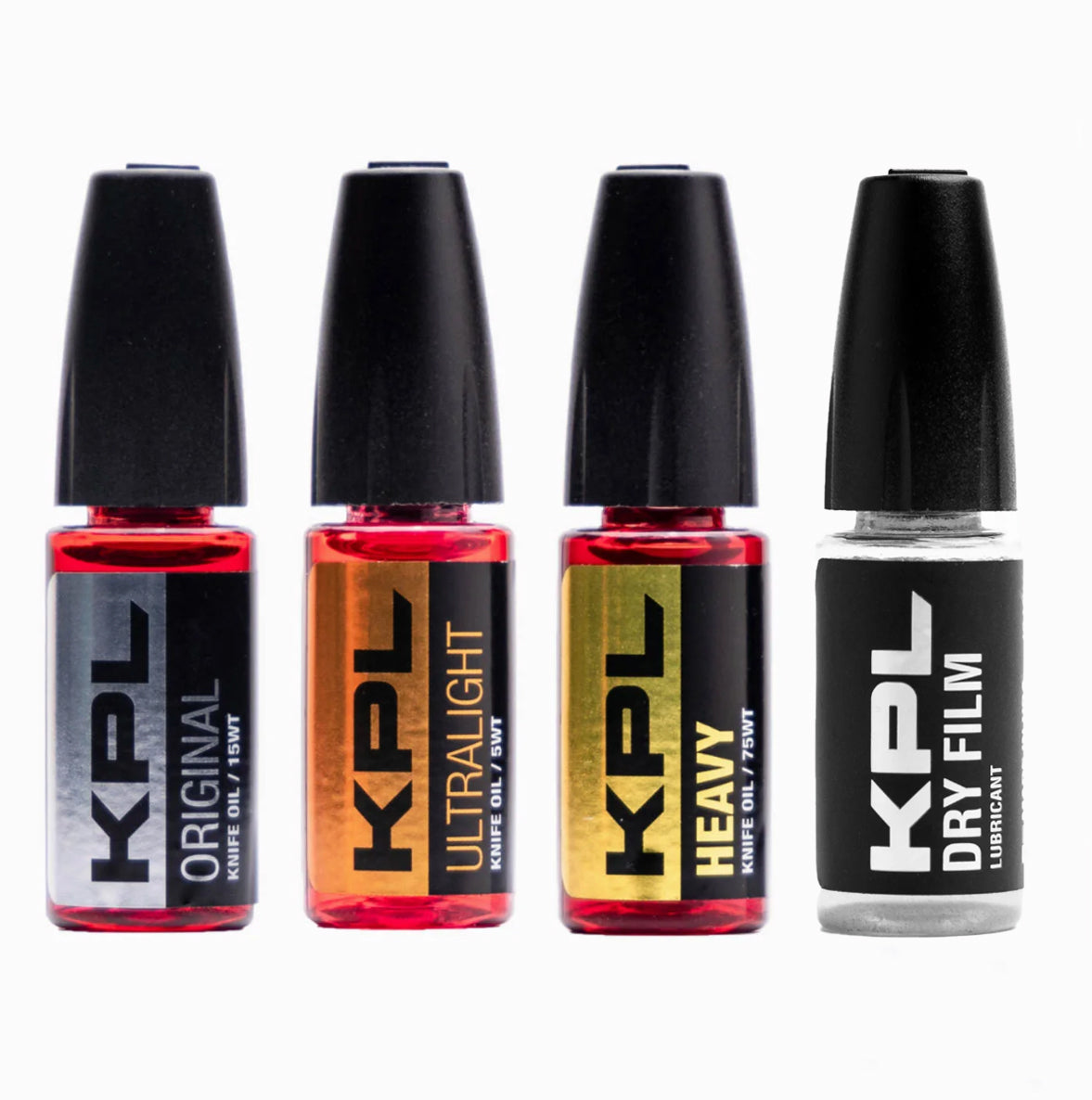
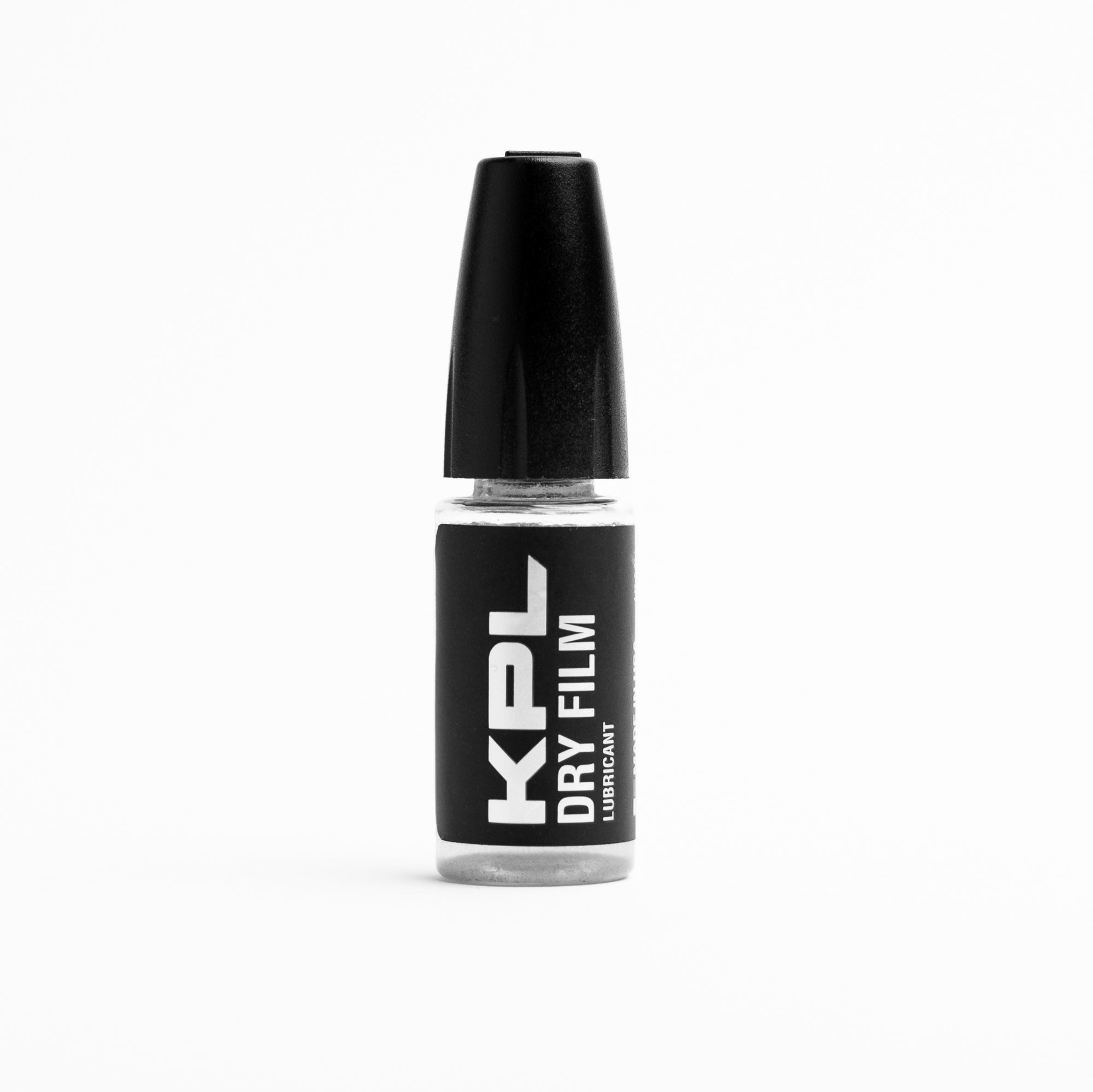
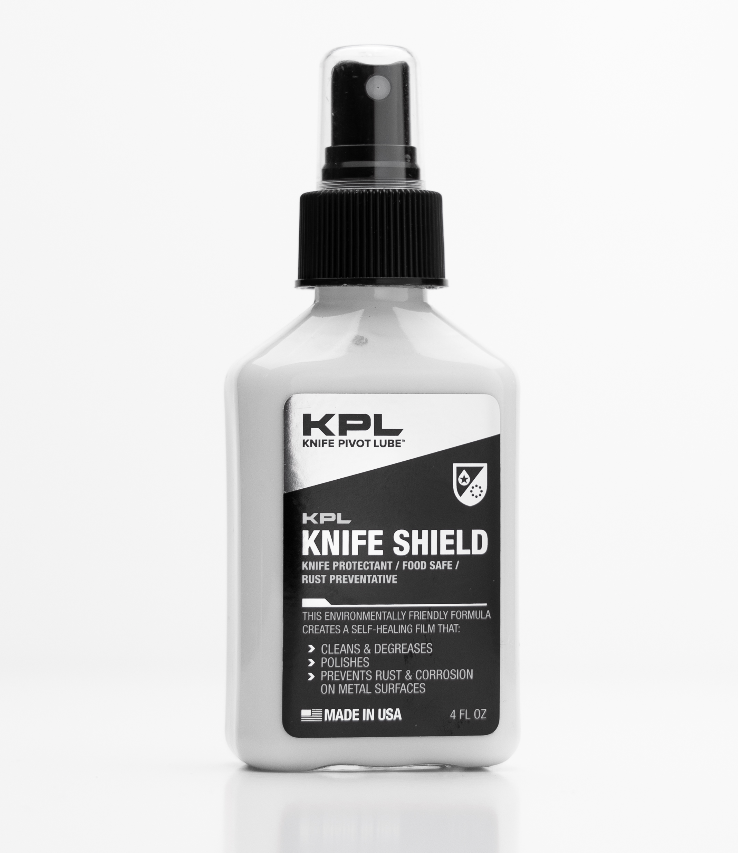
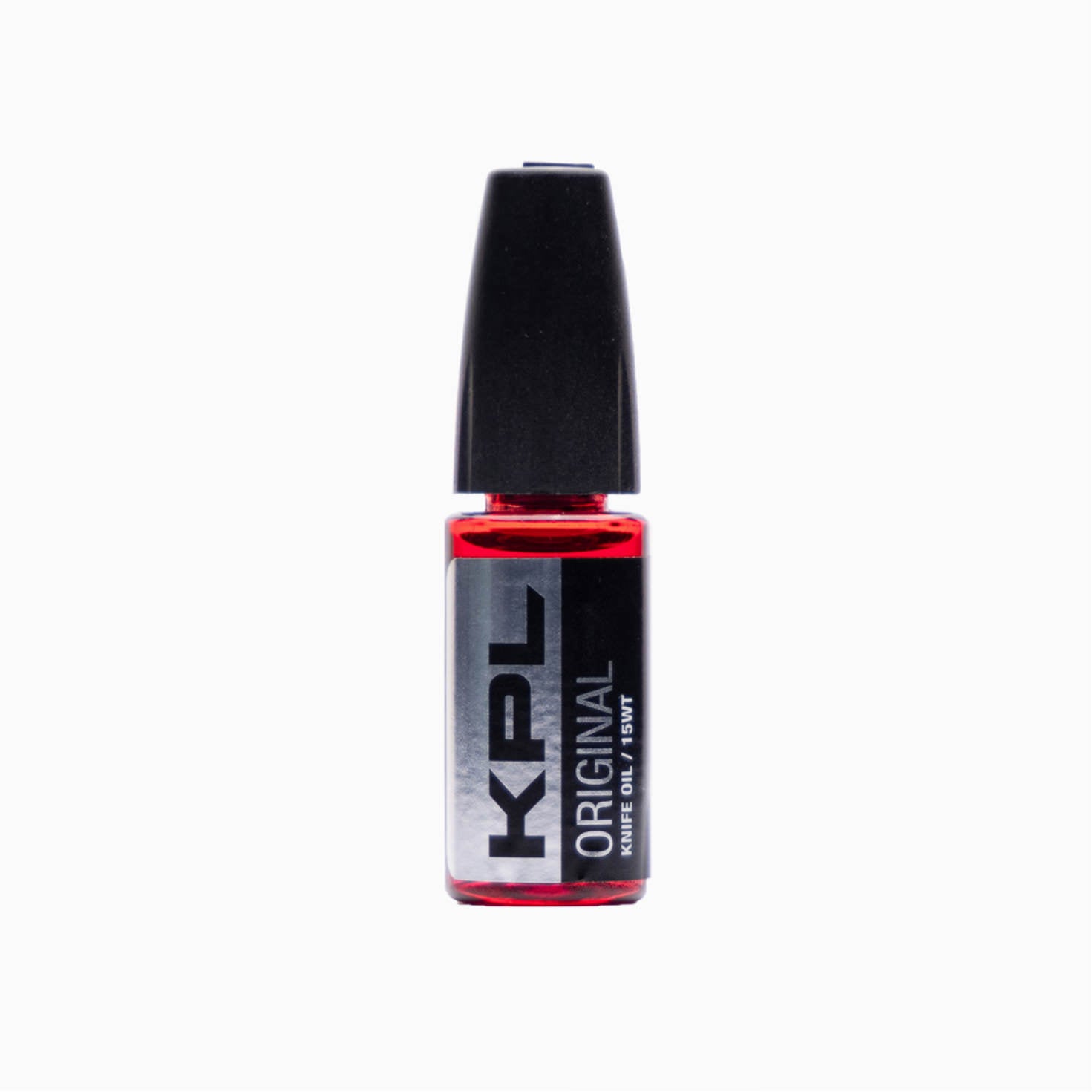
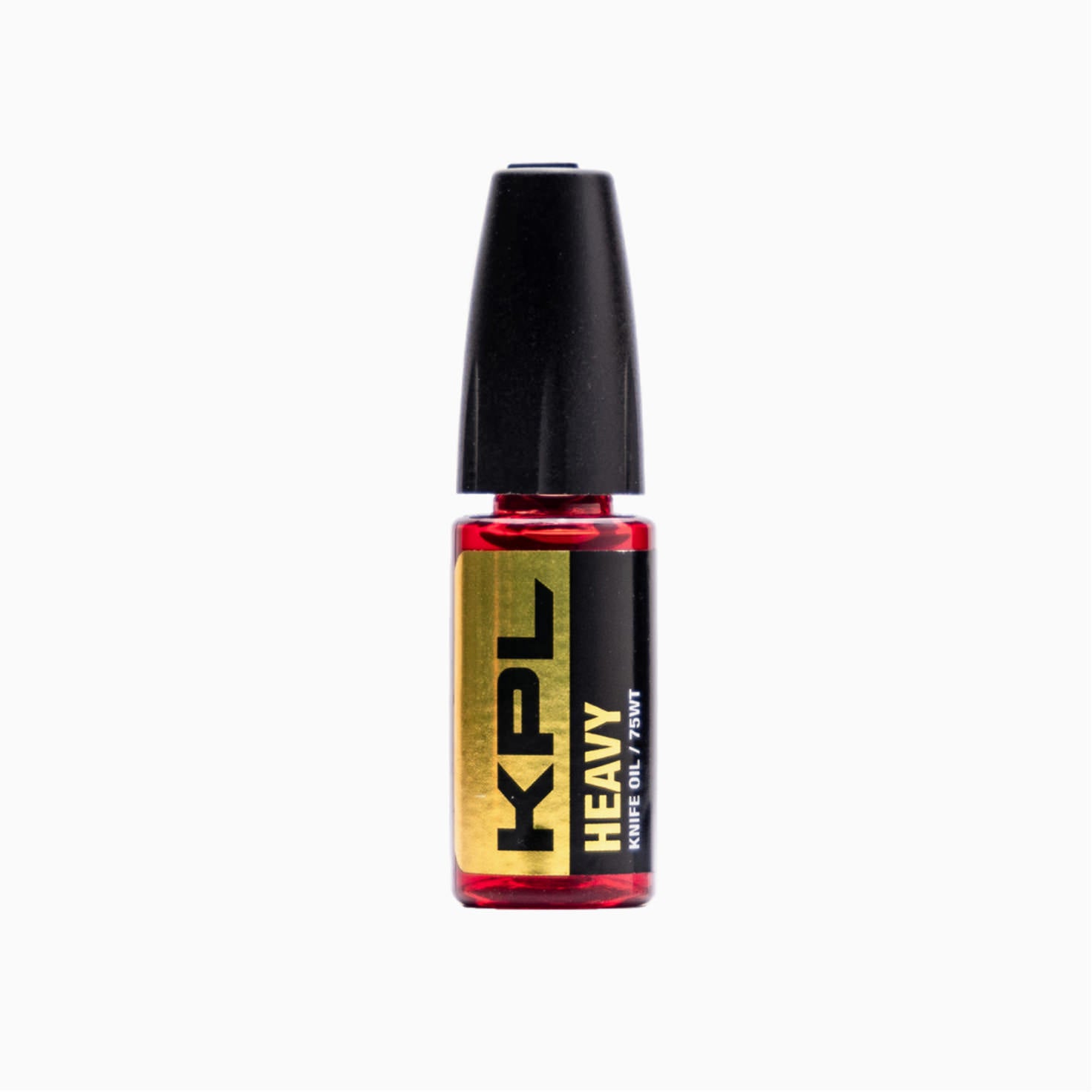
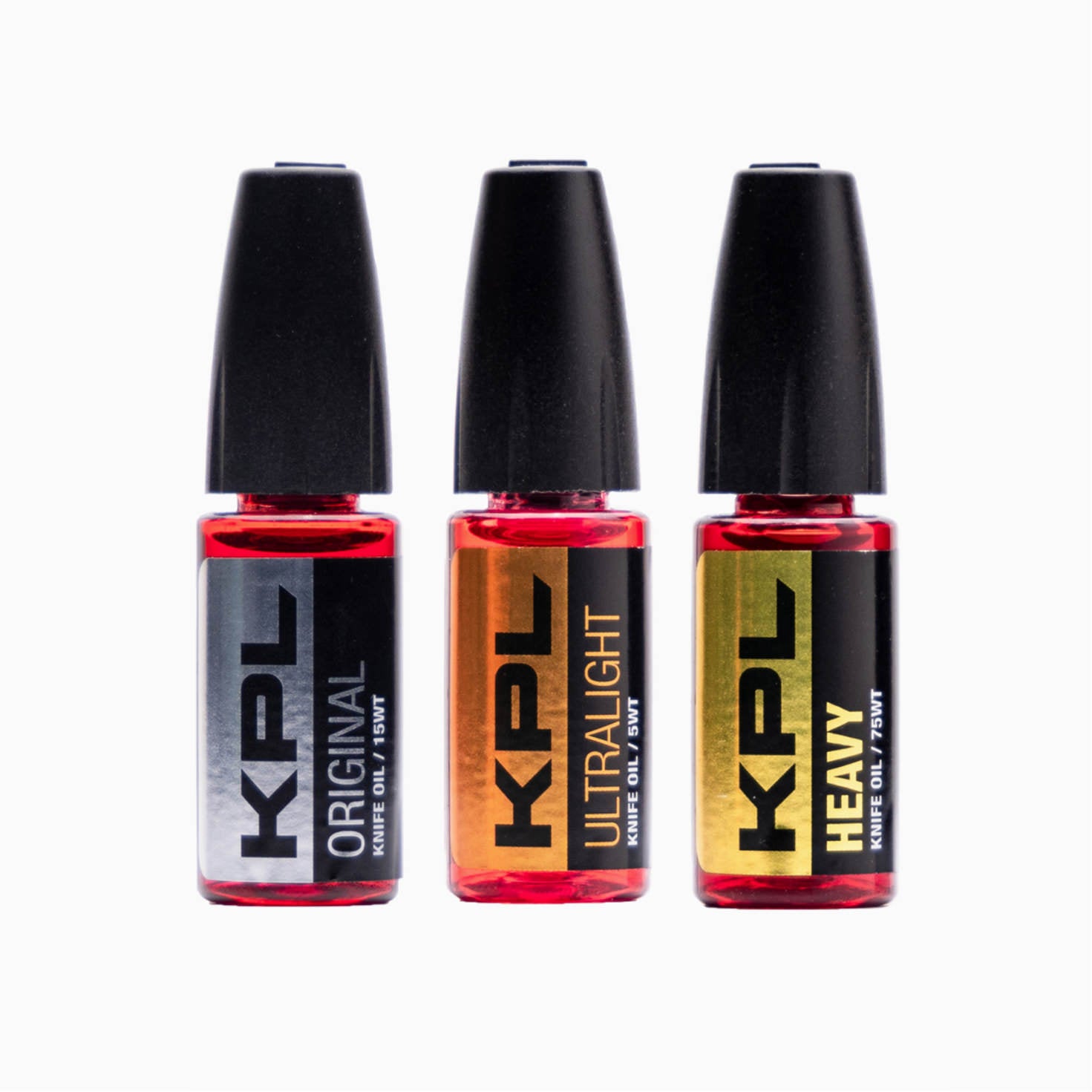
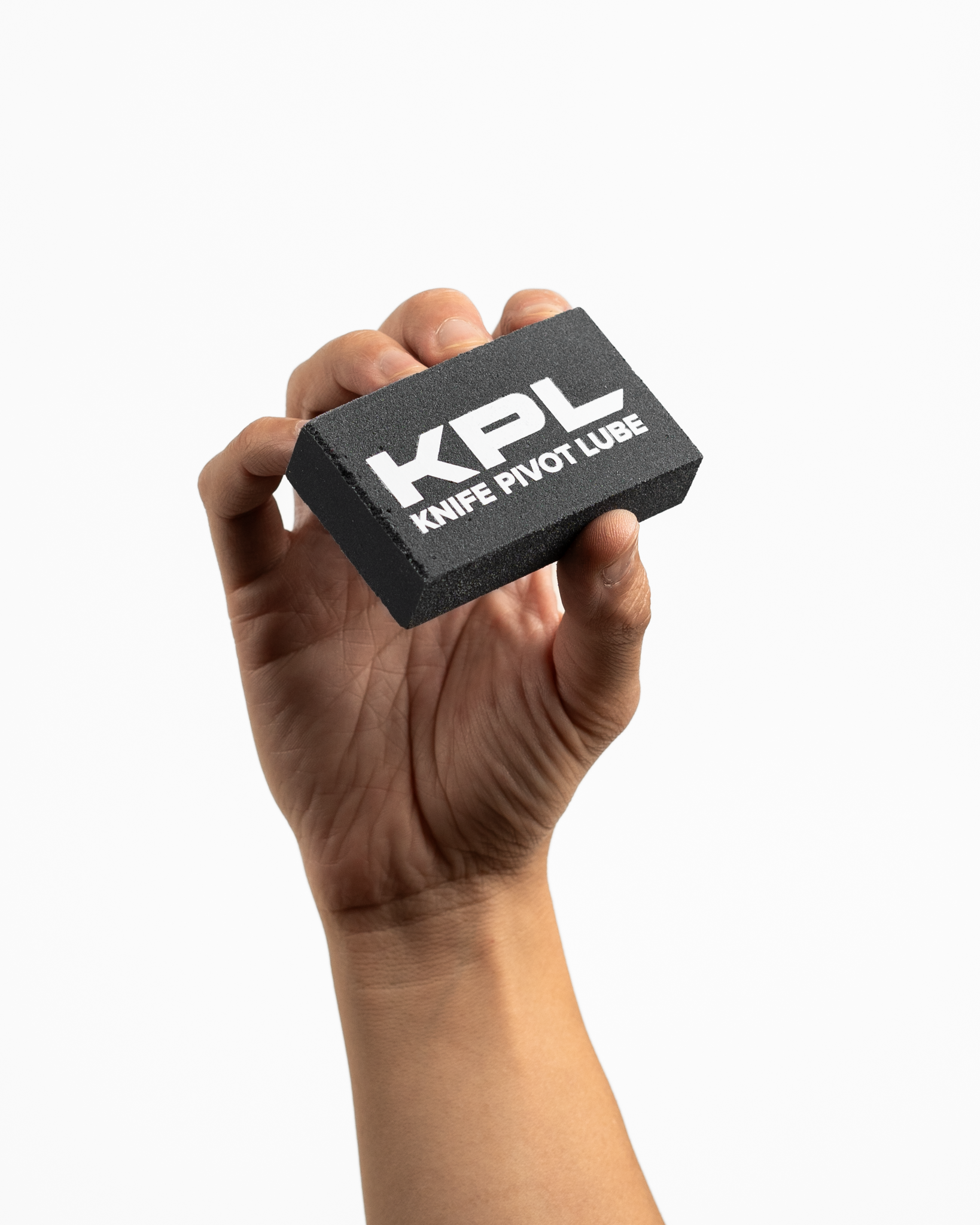
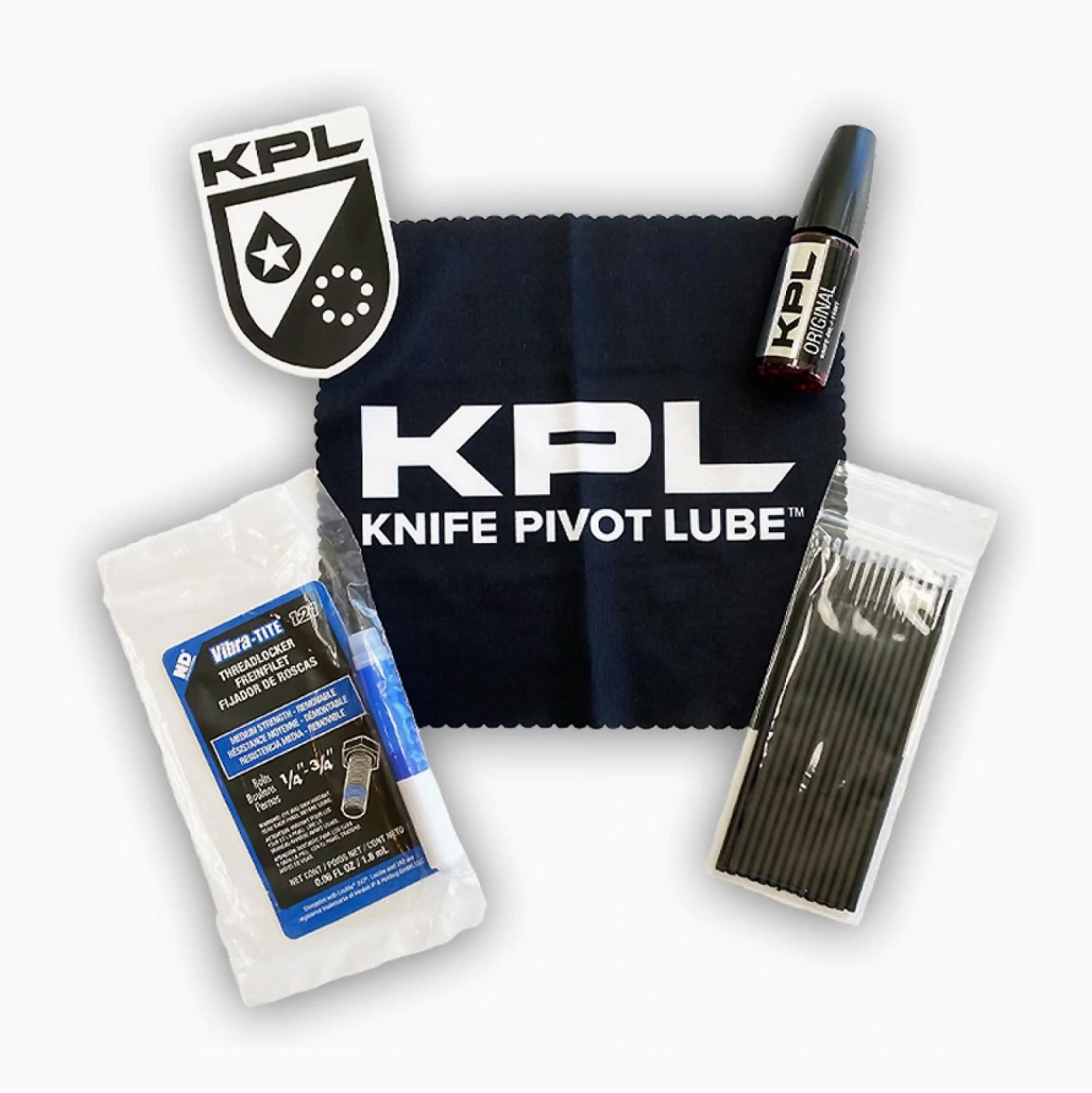
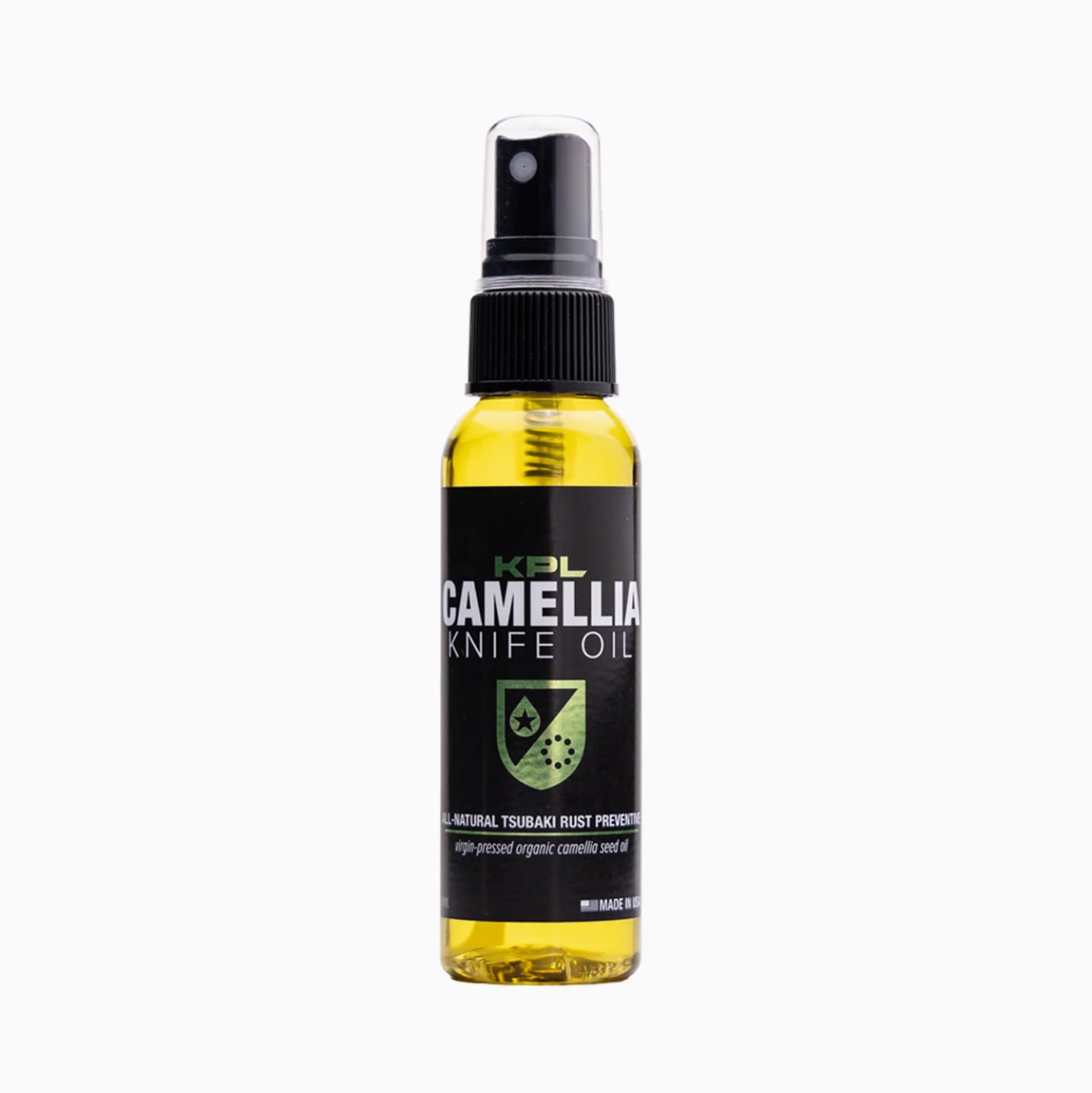


Comments
romney dickinson said:
Ordered a Kershaw Oso Sweet. Found it to be too stiff to comfortably open by my wife. I think it is difficult too but I can use it. What mechanism would be best for her? Almost thinking about a traditional folding knife with a nail groove. Are there any options for her? Different brand? Want a 3" for security and utilitarian use under $40..